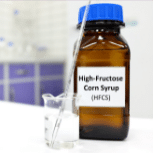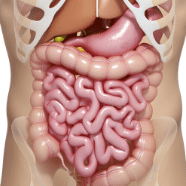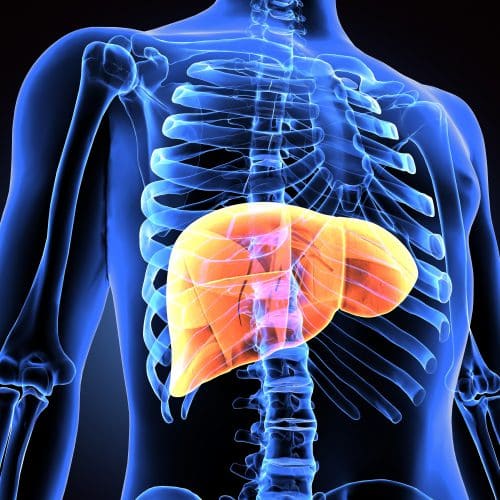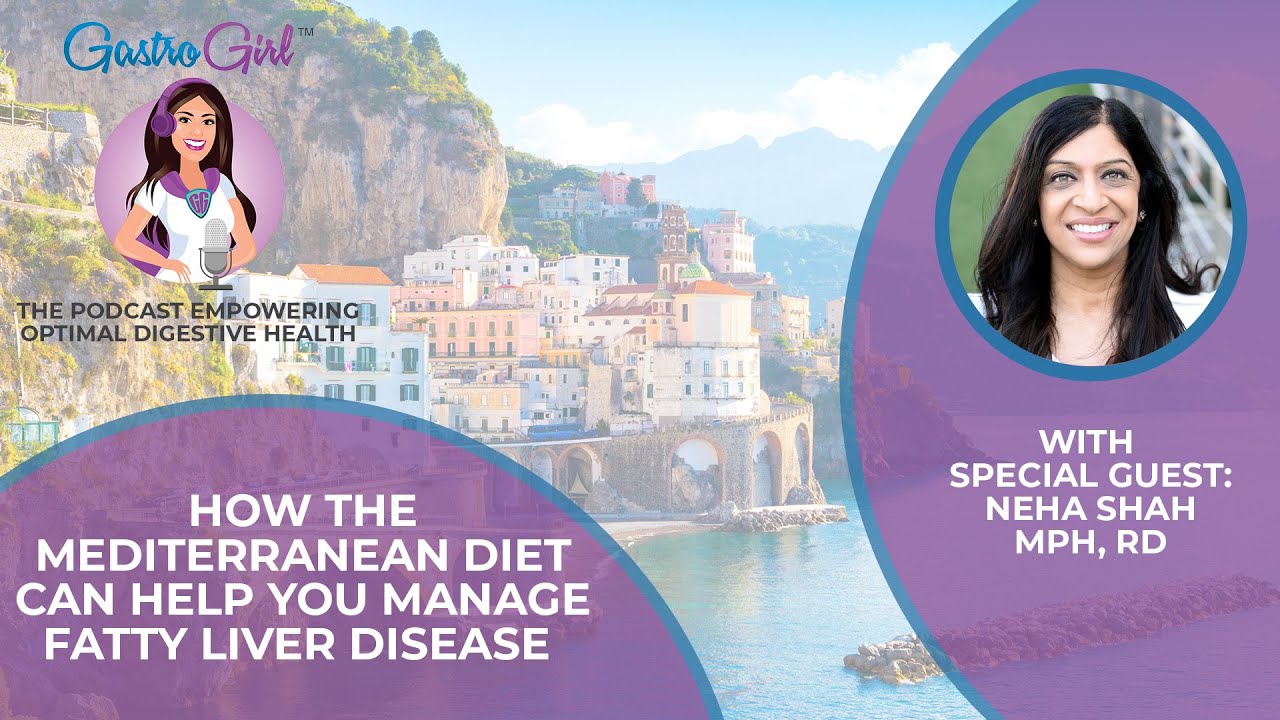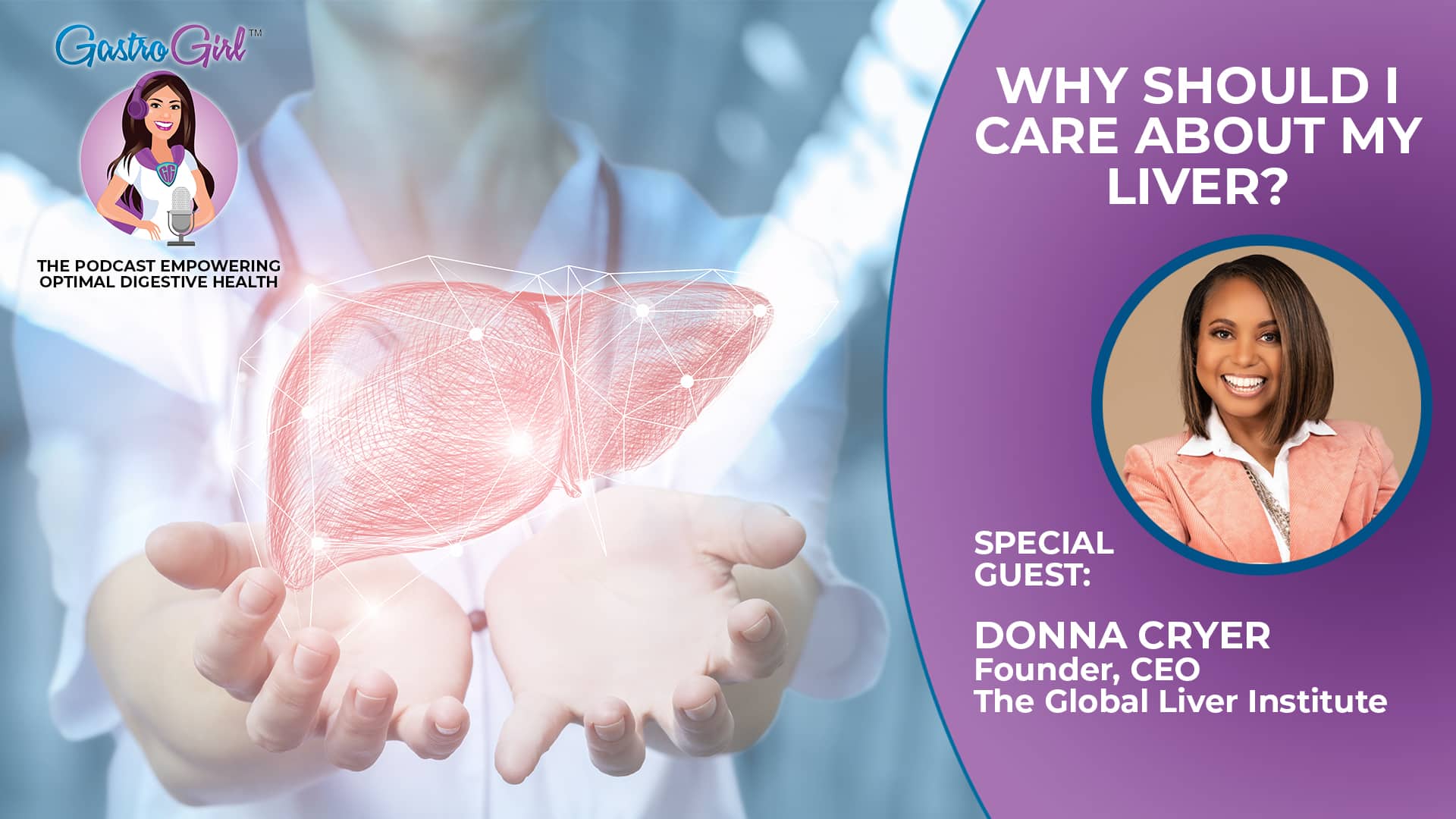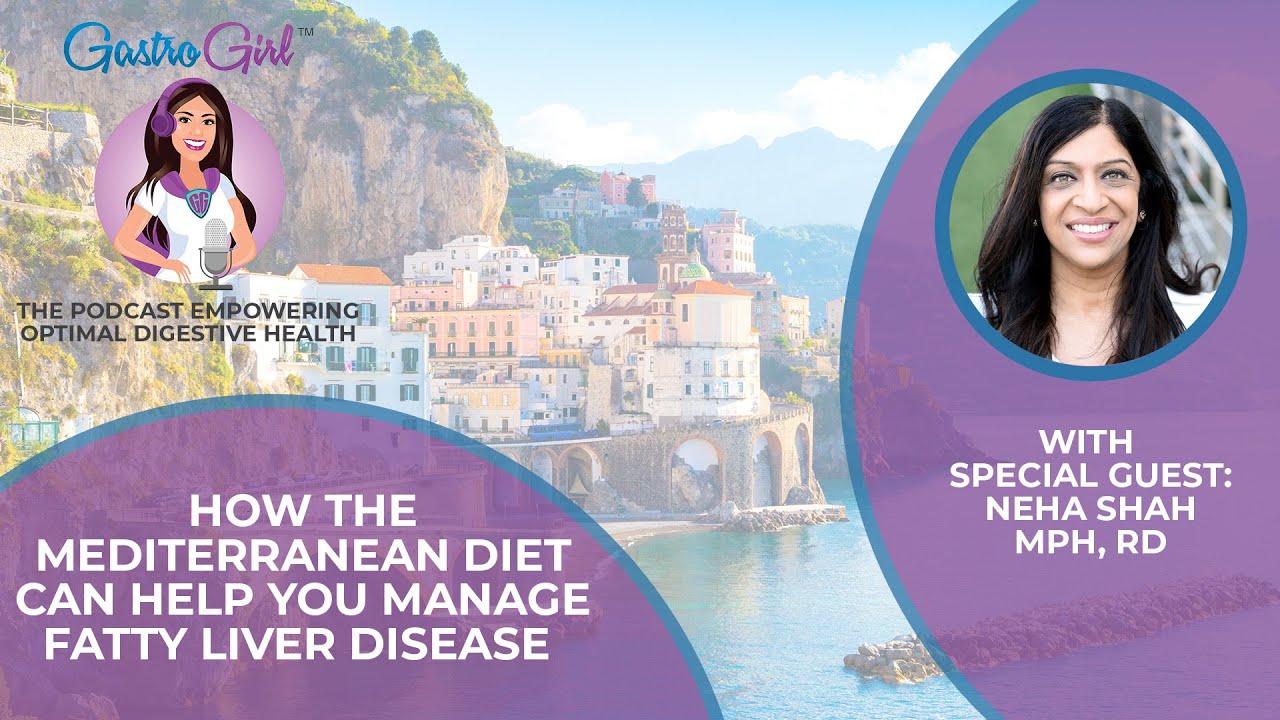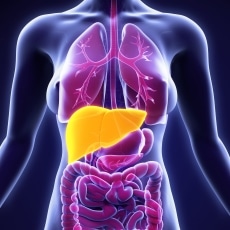
Fatty Liver Disease

Summary
What is fatty liver disease?
Your liver is the largest organ inside your body. It helps your body digest food, store energy, and remove poisons. Fatty liver disease is a condition in which fat builds up in your liver. There are two main types:
- Nonalcoholic fatty liver disease (NAFLD)
- Alcoholic fatty liver disease, also called alcoholic steatohepatitis
What is nonalcoholic fatty liver disease (NAFLD)?
NAFLD is a type of fatty liver disease that is not related to heavy alcohol use. There are two kinds:
- Simple fatty liver, in which you have fat in your liver but little or no inflammation or liver cell damage. Simple fatty liver typically does not get bad enough to cause liver damage or complications.
- Nonalcoholic steatohepatitis (NASH), in which you have inflammation and liver cell damage, as well as fat in your liver. Inflammation and liver cell damage can cause fibrosis, or scarring, of the liver. NASH may lead to cirrhosis or liver cancer.
What is alcoholic fatty liver disease?
Alcoholic fatty liver disease is due to heavy alcohol use. Your liver breaks down most of the alcohol you drink, so it can be removed from your body. But the process of breaking it down can generate harmful substances. These substances can damage liver cells, promote inflammation, and weaken your body’s natural defenses. The more alcohol that you drink, the more you damage your liver. Alcoholic fatty liver disease is the earliest stage of alcohol-related liver disease. The next stages are alcoholic hepatitis and cirrhosis.
Who is at risk for fatty liver disease?
The cause of nonalcoholic fatty liver disease (NAFLD) is unknown. Researchers do know that it is more common in people who:
- Have type 2 diabetes and prediabetes
- Have obesity
- Are middle aged or older (although children can also get it)
- Are Hispanic, followed by non-Hispanic Whites. It is less common in African Americans.
- Have high levels of fats in the blood, such as cholesterol and triglycerides
- Have high blood pressure
- Take certain drugs, such as corticosteroids and some cancer drugs
- Have certain metabolic disorders, including metabolic syndrome
- Have rapid weight loss
- Have certain infections, such as hepatitis C
- Have been exposed to some toxins
NAFLD affects about 25% of people in the world. As the rates of obesity, type 2 diabetes, and high cholesterol are rising in the United States, so is the rate of NAFLD. NAFLD is the most common chronic liver disorder in the United States.
Alcoholic fatty liver disease only happens in people who are heavy drinkers, especially those who have been drinking for a long period of time. The risk is higher for heavy drinkers who are women, have obesity, or have certain genetic mutations.
What are the symptoms of fatty liver disease?
Both NAFLD and alcoholic fatty liver disease are usually silent diseases with few or no symptoms. If you do have symptoms, you may feel tired or have discomfort in the upper right side of your abdomen.
How is fatty liver disease diagnosed?
Because there are often no symptoms, it is not easy to find fatty liver disease. Your doctor may suspect that you have it if you get abnormal results on liver tests that you had for other reasons. To make a diagnosis, your doctor will use:
- Your medical history
- A physical exam
- Various tests, including blood and imaging tests, and sometimes a biopsy
As part of the medical history, your doctor will ask about your alcohol use, to find out whether fat in your liver is a sign of alcoholic fatty liver disease or nonalcoholic fatty liver (NAFLD). He or she will also ask which medicines you take, to try to determine whether a medicine is causing your NAFLD.
During the physical exam, your doctor will examine your body and check your weight and height. Your doctor will look for signs of fatty liver disease, such as:
- An enlarged liver
- Signs of cirrhosis, such as jaundice, a condition that causes your skin and whites of your eyes to turn yellow
You will likely have blood tests, including liver function tests and blood count tests. In some cases you may also have imaging tests, like those that check for fat in the liver and the stiffness of your liver. Liver stiffness can mean fibrosis, which is scarring of the liver. In some cases you may also need a liver biopsy to confirm the diagnosis, and to check how bad the liver damage is.
What are the treatments for fatty liver disease?
Doctors recommend weight loss for nonalcoholic fatty liver. Weight loss can reduce fat in the liver, inflammation, and fibrosis. If your doctor thinks that a certain medicine is the cause of your NAFLD, you should stop taking that medicine. But check with your doctor before stopping the medicine. You may need to get off the medicine gradually, and you might need to switch to another medicine instead.
There are no medicines that have been approved to treat NAFLD. Studies are investigating whether a certain diabetes medicine or Vitamin E can help, but more studies are needed.
The most important part of treating alcohol-related fatty liver disease is to stop drinking alcohol. If you need help doing that, you may want to see a therapist or participate in an alcohol recovery program. There are also medicines that can help, either by reducing your cravings or making you feel sick if you drink alcohol.
Both alcoholic fatty liver disease and one type of nonalcoholic fatty liver disease (nonalcoholic steatohepatitis) can lead to cirrhosis. Doctors can treat the health problems caused by cirrhosis with medicines, operations, and other medical procedures. If the cirrhosis leads to liver failure, you may need a liver transplant.
What are some lifestyle changes that can help with fatty liver disease?
If you have any of the types of fatty liver disease, there are some lifestyle changes that can help:
- Eat a healthy diet, limiting salt and sugar, plus eating lots of fruits, vegetables, and whole grains
- Get vaccinations for hepatitis A and B, the flu and pneumococcal disease. If you get hepatitis A or B along with fatty liver, it is more likely to lead to liver failure. People with chronic liver disease are more likely to get infections, so the other two vaccinations are also important.
- Get regular exercise, which can help you lose weight and reduce fat in the liver
- Talk with your doctor before using dietary supplements, such as vitamins, or any complementary or alternative medicines or medical practices. Some herbal remedies can damage your liver.
Source: MedlinePlus, National Library of Medicine.
MedlinePlus brings together authoritative health information from the National Library of Medicine (NLM), the National Institutes of Health (NIH), and other government agencies and health-related organizations.
Listen to our
latest Podcast!


